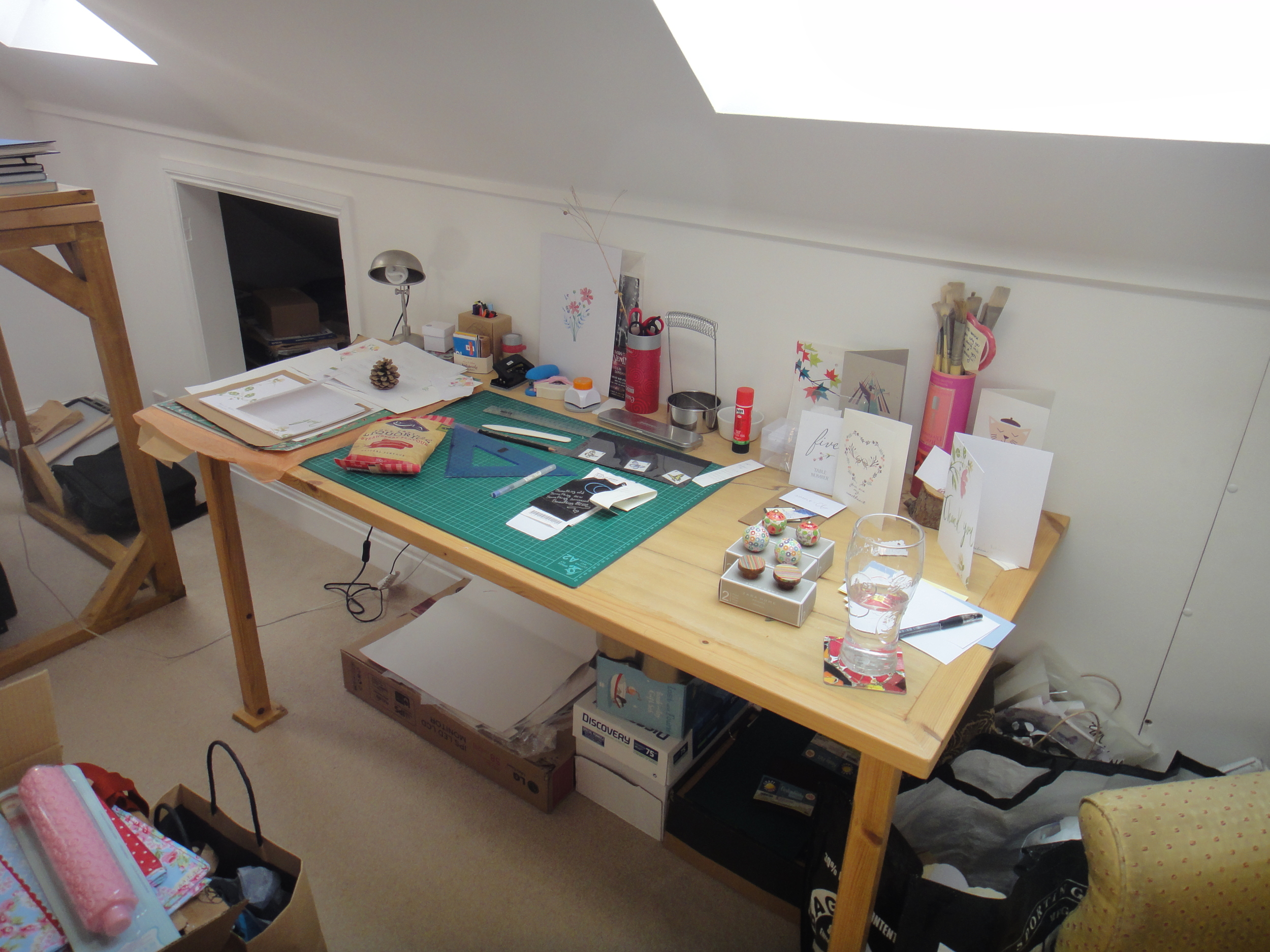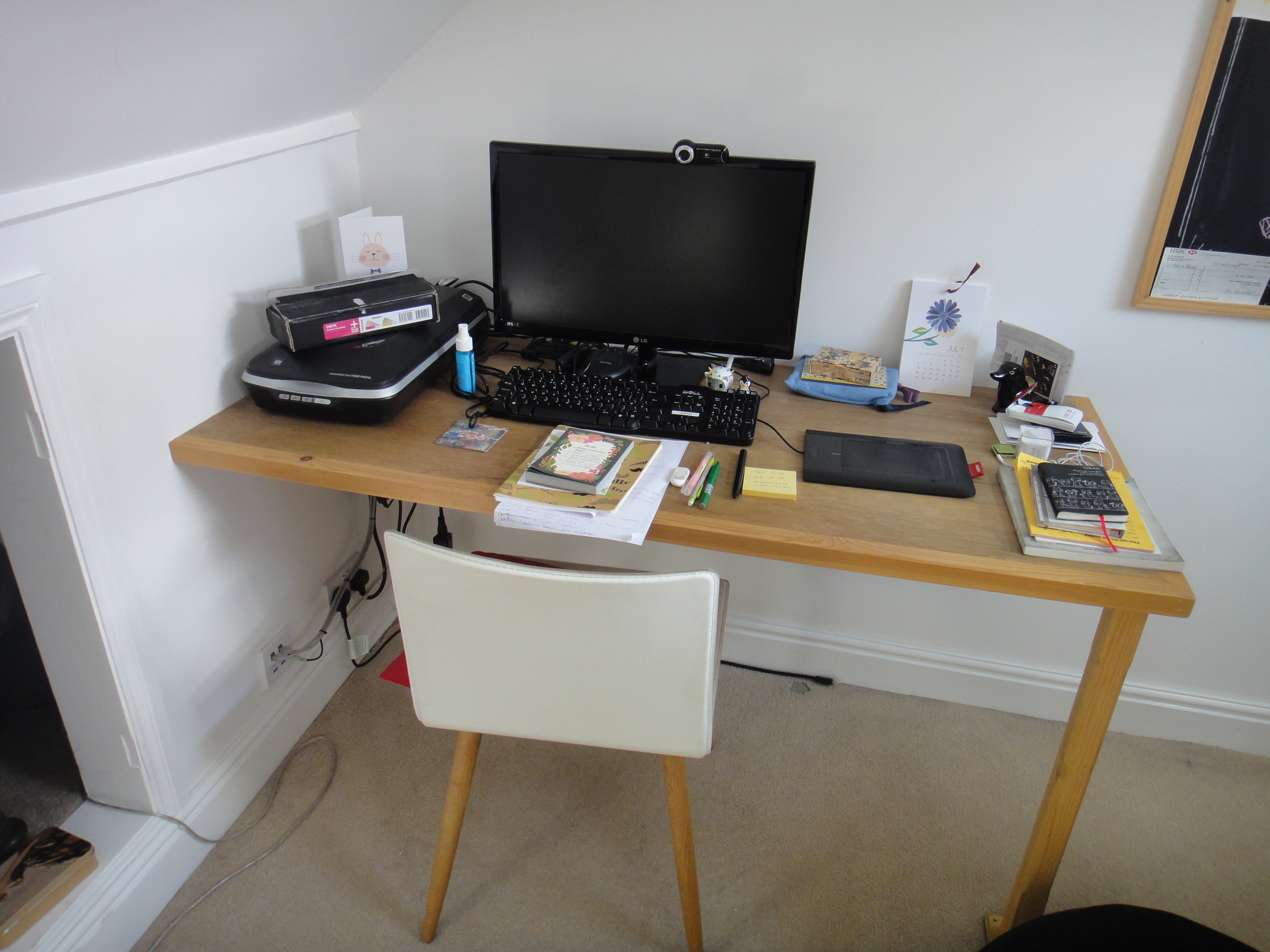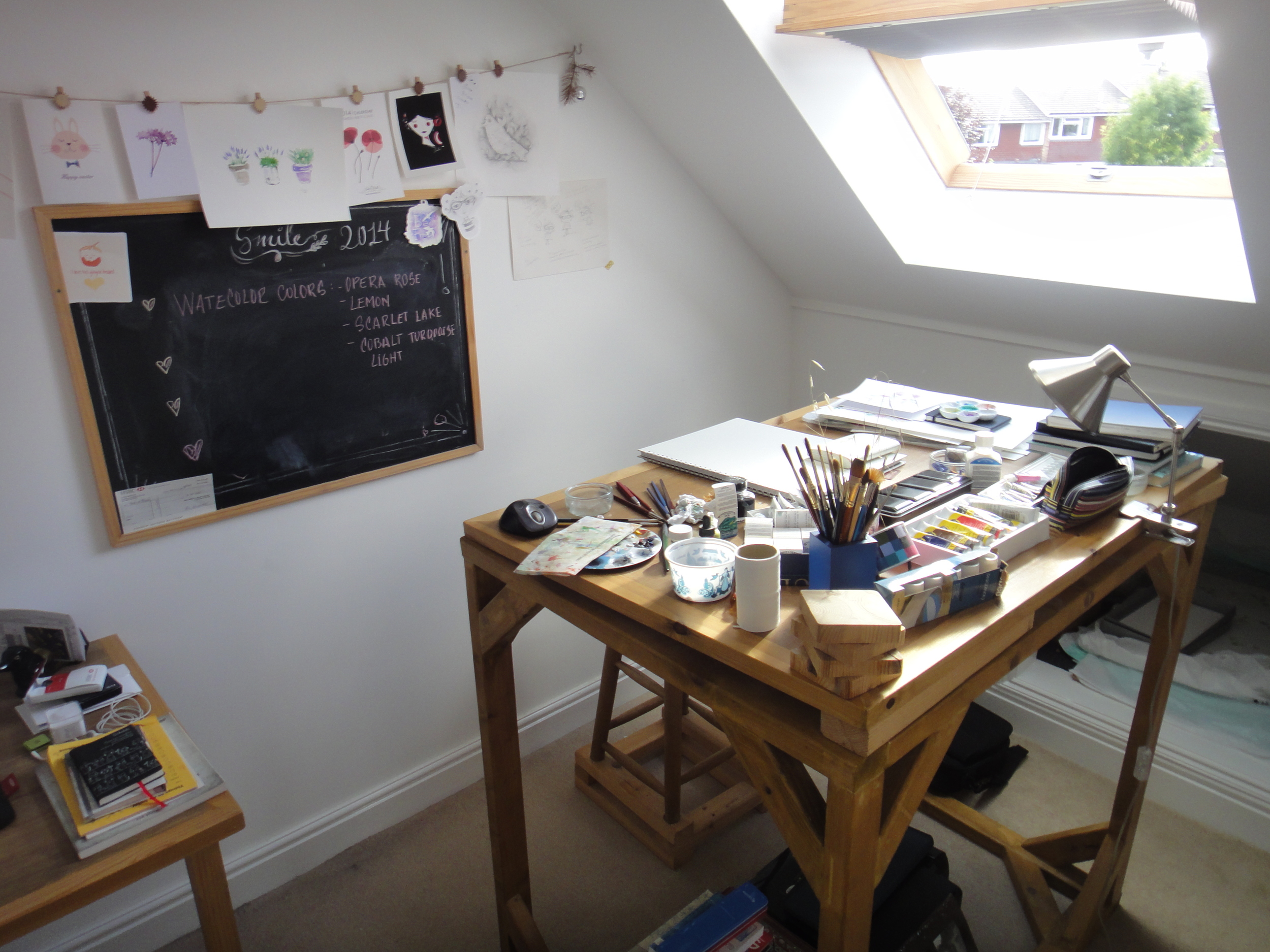Digital Artist's Gadgets - The Story of Sabri's Studio
It's a hot summer's day when I arrive at Sabrina's house. I'm a little bit concerned about how comfortable my visit will be as she leads me up to the attic loft conversion where 'Sabri's Studio' is based.
I needn't have been. It's not only a lovely comfy room, but it's also nice and cool. V-Lux windows shed light across a space that immediately starts to ooze with the creativity that goes on within.
Sabrina founded Sabri's Studio two years ago, shortly after moving from her native Venezuela to live with her British husband in Surrey, England.
Largely self-taught, she had studied architecture at university, but soon realised that it was the artistic possibilities that excited her, rather than the engineering. She would spend much happier times doing watercolours of the buildings, or designing logos for group projects (that would always be the ones chosen by the team). Venezuela can be a tough place to build a career and she didn't dare dream that she might one day be a professional artist and graphic designer, let alone have her own business.
“A simple warmth combined with obvious technical ability”
Moving to England, with a foreign language to master and limited funds to get started, the room that I stand in now is a testament to Sabri's determination to achieve that dream. Nearly everything in it is built by hand or up-cycled. Time and effort (and a very talented husband) instead of money and privilege built the artist's desk, where Sabri sits on a restored kitchen stool to work with her paints and pencils. Beautiful watercolours hang on the wall behind. Some are merely sketches, ideas in progress, but I'm drawn to their unique style which exude a simple warmth combined with obvious technical ability.
Speaking of technical ability, the biggest barrier to Sabrina getting started, was not her technical ability, but her access to technical equipment!
Sitting in the corner of the room is a Windows PC, where the final production edits are digitally finished and prepared for printing. Digital artists tools can be furiously expensive. The defacto shiny Apple Mac was out of reach and the latest versions of Adobe Illustrator and Photoshop can run up some big bills on top of that.
Creativity is not only found on the paper Sabri works with, it's also visible in how she found solutions that may be of some interest to other aspiring digital artists who feel that they can't afford the tools they need.
When it comes to the computer, the necessary software is all available on Windows and a mid-range PC will do everything that is needed. Desktop PCs are also easier to cheaply upgrade over time as the money starts to come in. When choosing a computer, spend the money on memory (aim for 16GB, but 8GB will get you started), storage (again, you can build this over time, make sure you back up!) and a good screen. Colour accuracy is very important in graphic design, so this is a key area to invest in.
Whilst the PC did ultimately cost hundreds to get to the correct specification and for now, earlier versions of the software must suffice; there are some excellent artists tools available for surprisingly low prices. Sabri's favourite digital artist's gadget has to be her Wacom 'Bamboo' tablet.
As a graphic designer, Sabri is regularly commissioned to produce company logos and stationery, business cards and events flyers. As an artist, she indulges her love of watercolours by producing wedding stationery, birthday and Christmas cards and also calendars which she sells through arts and craft friendly websites like Etsy and Folksy.
Whilst she is able to work with paints and inks just fine, it was the Wacom that really opened up the possibilities on the computer. Rather than using a mouse to draw and create, the Bamboo's pen allows an artist to work more naturally. The 125mm*85mm active touchpad area on the base may sound small, but watching Sabri go to work on a watercolour she scanned in earlier, I can see she's just as comfortable here as she would be in front of a canvas.
I have to have a go. Suitable for both right-handed and left-handed users, I find the pen is very light in the hand and within a few minutes, the action of my unskilled hand is being translated instantly and accurately to the screen. Sabri shows me the calligraphy that she can produce, taking advantage of the pen's pressure sensors to draw the thin and thick strokes that this writing is so famed for.
As a starter device, amateur artists can produce professional results with this Bamboo pen and professionals can really get to grips before considering journeying further up the range, where there is a greater range of pressure sensitivities and additional features.
Of course, before Sabri even begins to cast her digital wand across her creations, they must be brought from the paper to the screen. Scanners can take time to research. They need to be capable of scanning to a pretty high resolution, so that nothing is lost in the transition.
The reviews were in and Sabrina settled on the Epson V500 Photo. It reviews strongly for scanning watercolour, ink and acrylic and can be had for under £200.
Final production used to be outsourced to print companies, but Sabri's attention to detail meant some pretty frustrating conversations with suppliers who could not achieve her exacting standards. Sabri knew she had to own her production end to end, so she invested in a second hand Epson Stylus Photo 1500W A3 printer. Again the reviews recommend it for professional results from watercolour sources and Sabri has now been using the Epson to produce everything bar business cards (which are still outsourced for print). Further time was spent sourcing the absolute best paper and card for her commissions so that she could relax knowing that her customers would be getting the best quality all the way through the process.
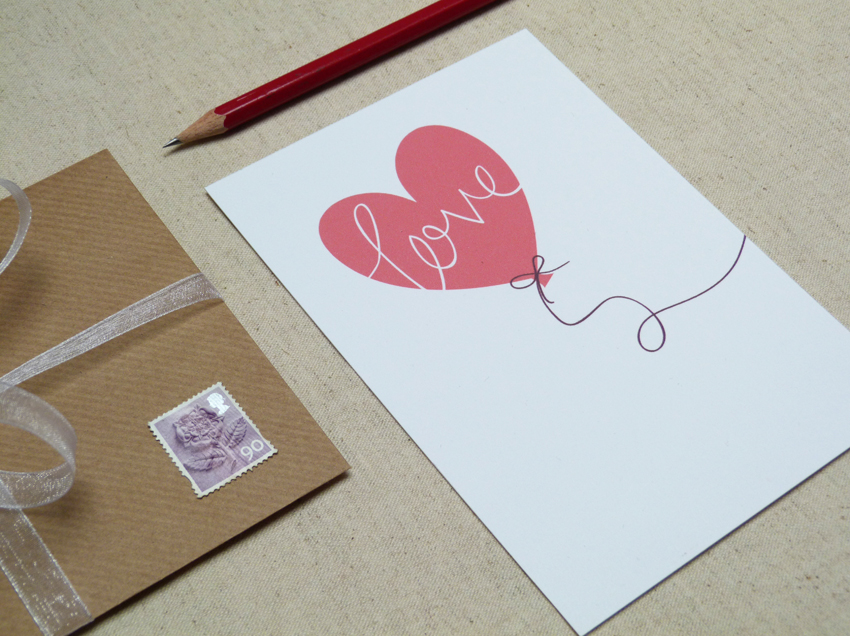
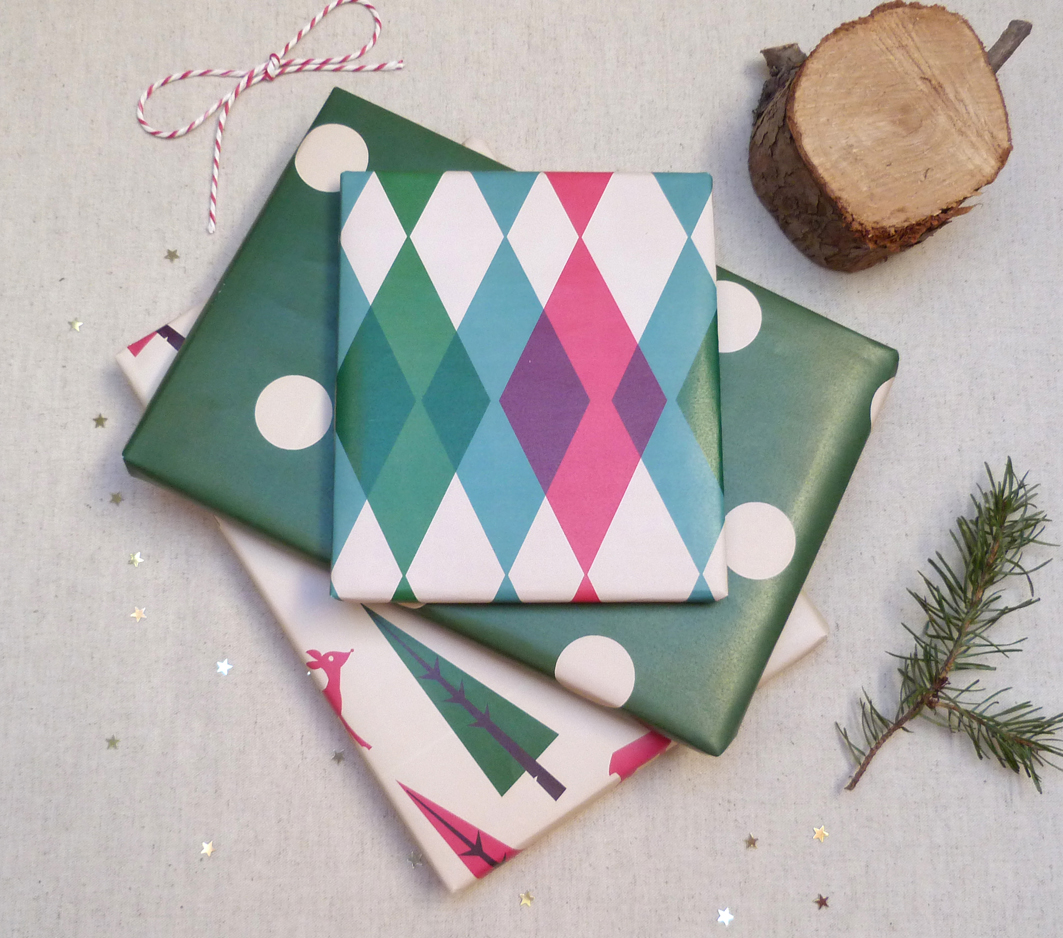
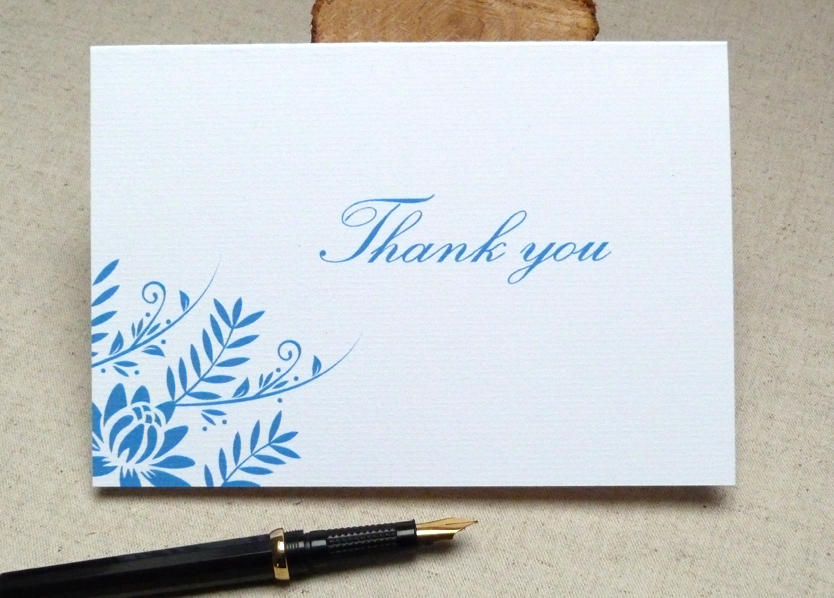
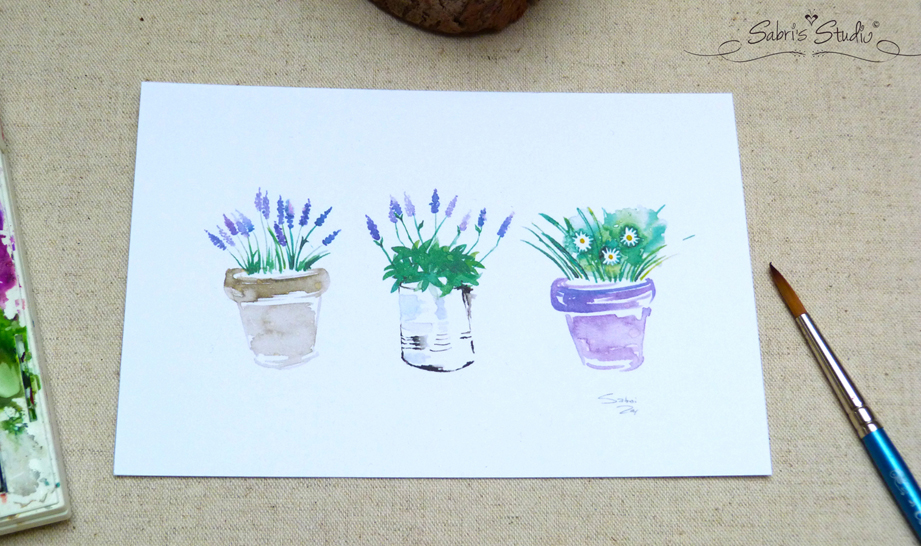
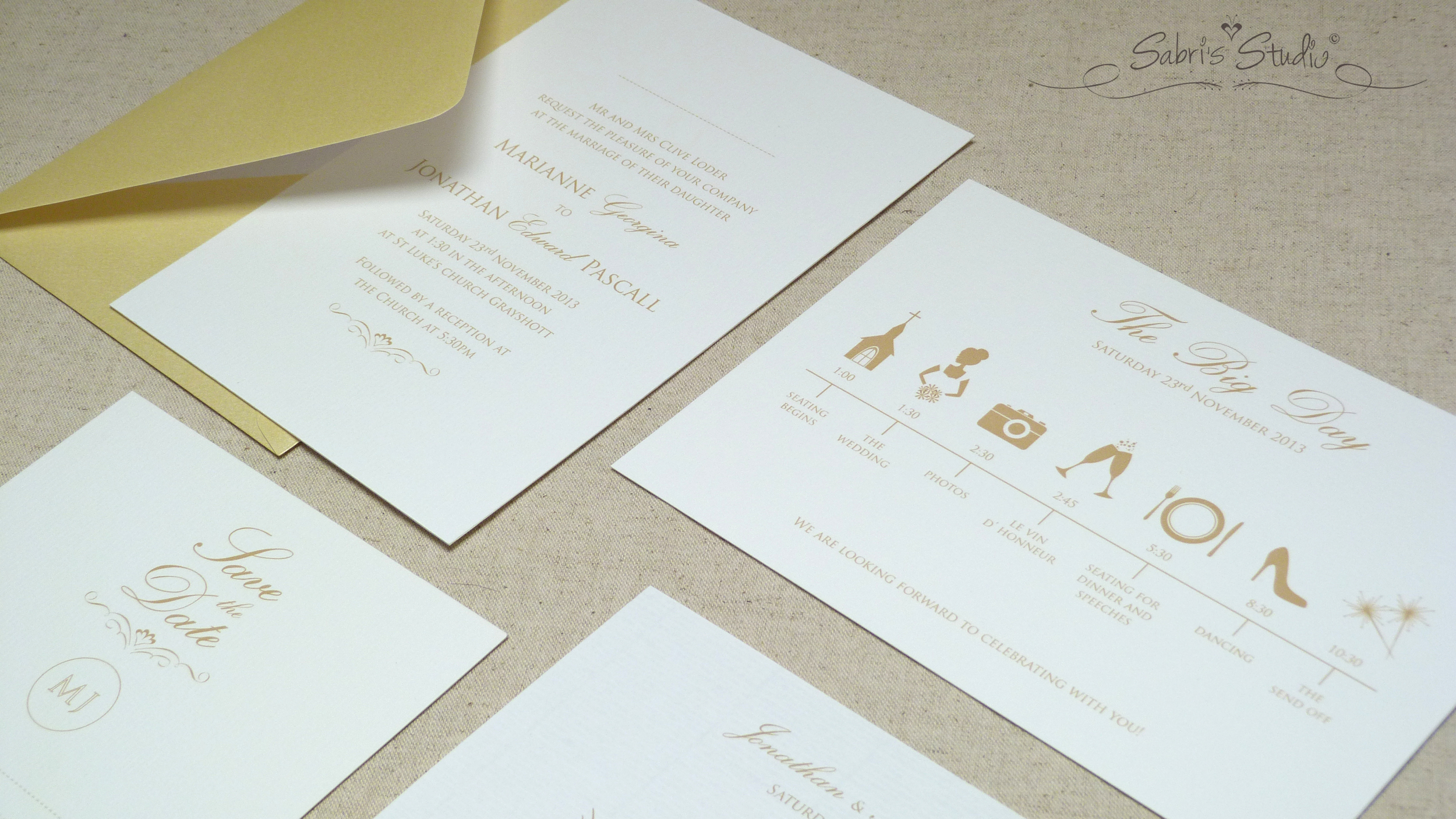
As my afternoon at Sabri's Studio drew to a close, I got to wondering what the future held? It came as no surprise that the list of plans was as long as the list of acheivements. The studio would be growing, with her husband all set to extend the attic conversion further. There will soon be room for two to work and for Sabri to start experimenting with fabrics.
Also, an all new website, new product lines and if all goes to plan, stands at the local craft markets so that she can start to enjoy meeting her customers and mixing with other arty types in the area.
If you are interested in products or commissions from Sabri's Studio, she's on Facebook and Pinterest. You can also find items for sale on Folksy and Etsy. Sabri would also be very happy to answer any questions that people have around getting started as a professional artist, or the tools that they will need to make a success of it. Simply post your questions below and we'll get right back to you.
Jp
Check out my gadget recommendations on HaveYouSeen.com and buy from known retailers with cashback.
